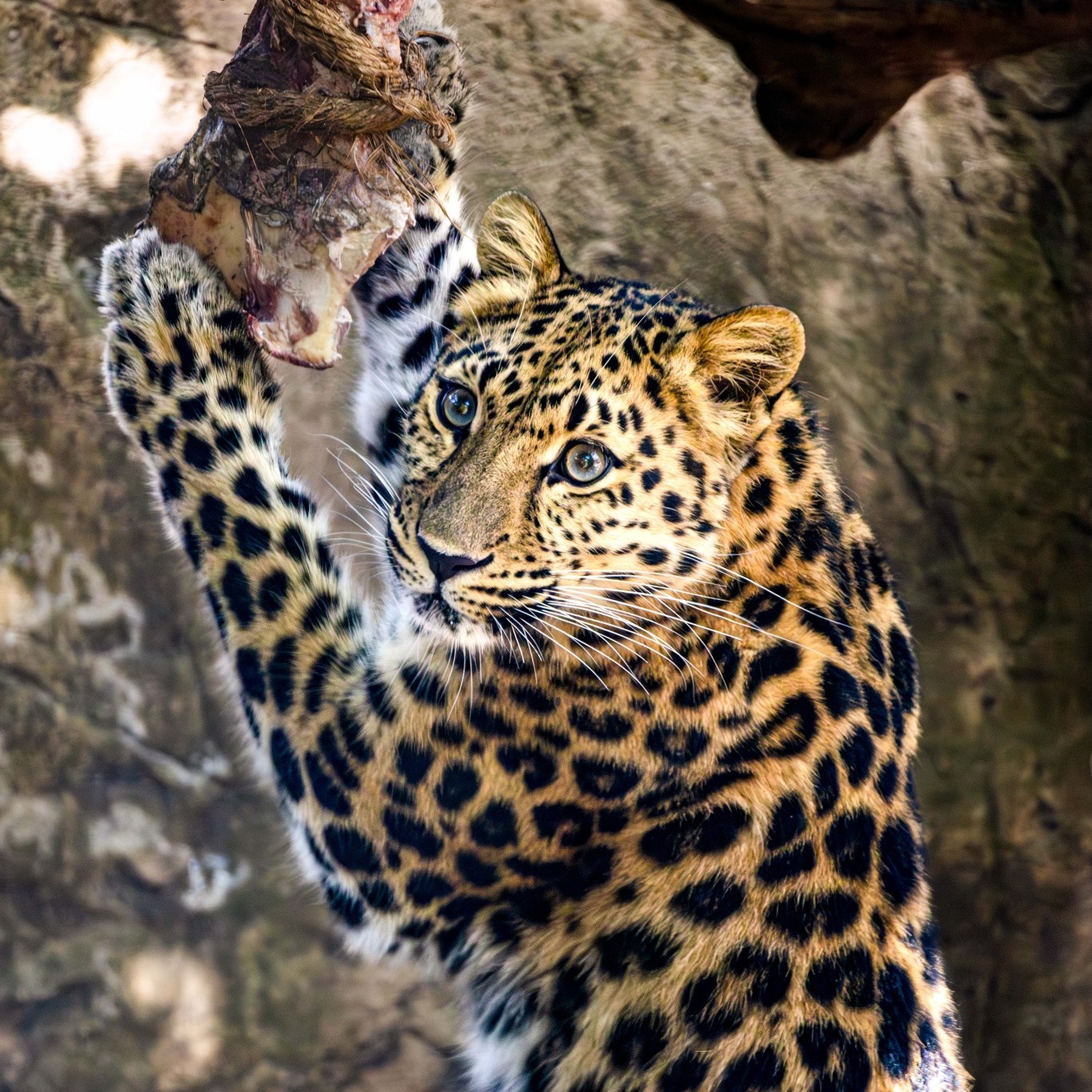- The ecological significance of the Amur leopard and its conservation status.
- Marta’s dietary habits and their relevance to her health and survival.
- The challenges faced by zoos in maintaining the health and welfare of captive Amur leopards.
- The role of global conservation initiatives in supporting wild populations.
- The impact of poaching, habitat loss, and climate change on Amur leopard populations.
Amur leopards, known for their striking appearance and elusive nature, are among the most endangered big cats in the world. The conservation of these majestic creatures is critical for maintaining biodiversity and ecological balance. Marta, an Amur leopard in captivity, represents a critical piece of a larger conservation effort aimed at preserving her species. Known for her vibrant coat and keen instincts, Marta plays an essential role in captive breeding programs and public awareness initiatives designed to conserve Amur leopards.
The ecological significance of the Amur leopard extends far beyond its stunning looks. These cats are apex predators, controlling the population of prey species and maintaining the health of their ecosystems. Their survival is vital to prevent cascading effects on other species and the loss of biodiversity. Unfortunately, the Amur leopard is critically endangered, with estimates suggesting fewer than 100 individuals remain in the wild. Conservation efforts are vital to protect this keystone species from extinction.
Marta’s dietary habits are crucial for her physical health and overall well-being. In her natural habitat, Amur leopards prey on deer, hares, and small mammals. In captivity, Marta’s diet is carefully curated to mimic these natural food sources as closely as possible. This includes offering a variety of meats and ensuring appropriate nutritional balance. Proper nutrition helps maintain her muscle mass, coat health, and energy levels essential for her natural behaviors. Zookeepers and veterinarians work closely to adjust Marta’s diet based on her age, health, and activity levels, which requires a deep understanding of leopard physiology and nutritional science.
Zoos face numerous challenges in ensuring the health and welfare of their animal residents. For Amur leopards, this involves providing an environment that replicates their complex natural habitats. Enclosures need to be diverse, offering opportunities for climbing, hiding, and hunting-like activities to stimulate the innate behaviors of these solitary cats. Enrichment activities, such as scent trails and puzzle feeders, play an integral role in preventing boredom and promoting mental stimulation. Educating the public about species like the Amur leopard furthers conservation goals by fostering appreciation and encouraging support for wildlife protection efforts.
The survival of Amur leopards also heavily depends on global conservation initiatives. Organizations worldwide collaborate to implement breeding programs and habitat restoration projects. These programs aim to increase the genetic diversity of captive populations and prepare them for potential reintroduction into the wild, should the opportunity arise. International cooperation is essential to combat poaching and illegal trade, which threaten not only Amur leopards but various other wildlife species.
Amur leopard populations face significant threats due to poaching, habitat loss, and climate change. Illegal hunting depletes their natural prey and poses direct threats to the leopards themselves. Habitat loss, caused by logging and human encroachment, isolates populations and reduces genetic diversity. Climate change exacerbates these challenges by altering prey availability and habitat conditions. Efforts to combat these threats require robust policy frameworks, the adoption of sustainable land use practices, and community engagement initiatives to promote coexistence with wildlife.
The journey to safeguard the future of Amur leopards is multifaceted, involving coordinated efforts between zoos, conservation organizations, and governments. Marta and other leopards in captivity are ambassadors for their species, bringing attention to the plight of these remarkable cats. Through education, habitat protection, and international cooperation, we can work towards a future where the plight of the Amur leopard is not just a memory, but a story of conservation success.
*****
Source Description
What’s Marta the Amur leopard gonna to do? 𝘕𝘰𝘵 have a lil’ snack?! 😼🍖
Alt-text: Marta the Amur leopard turns her head over her shoulder to look at our camera with wide eyes while keeping her front paws latched onto a hunk of meat.


